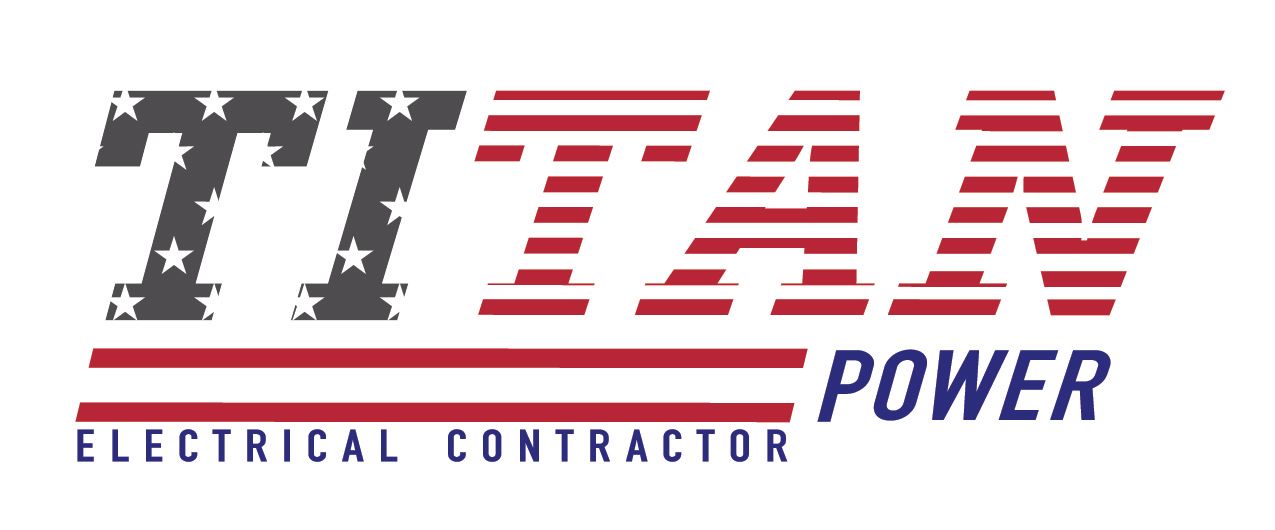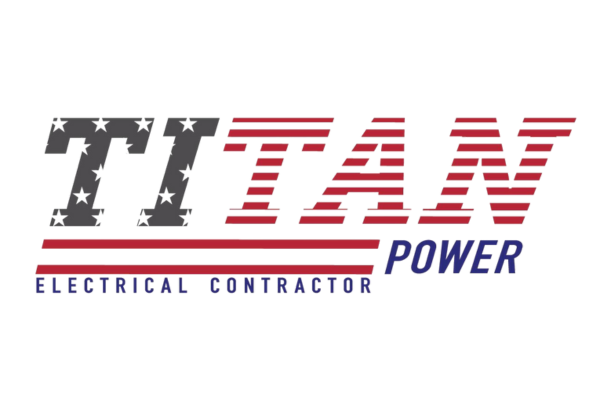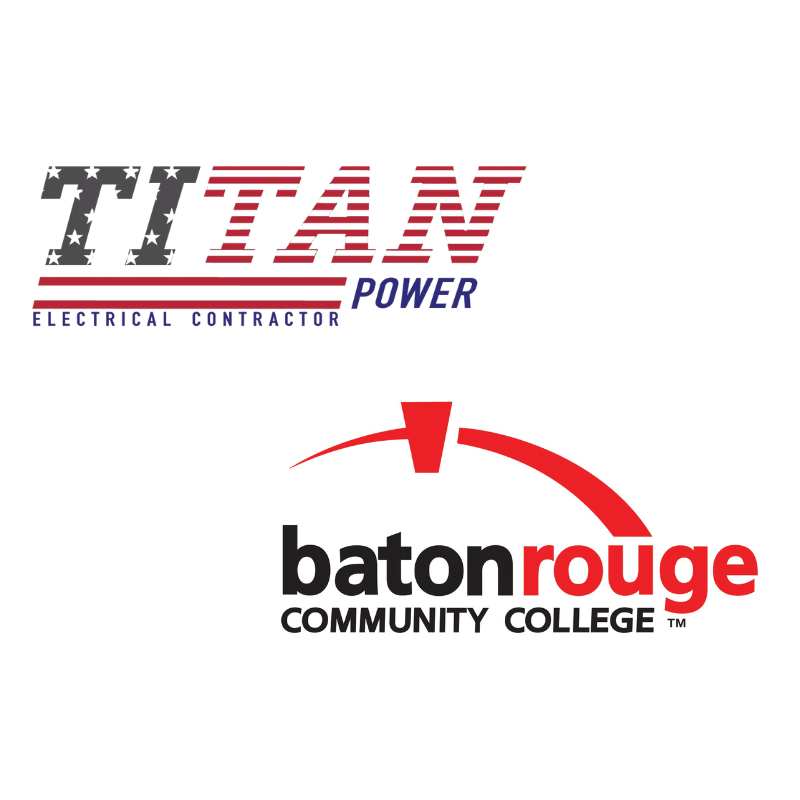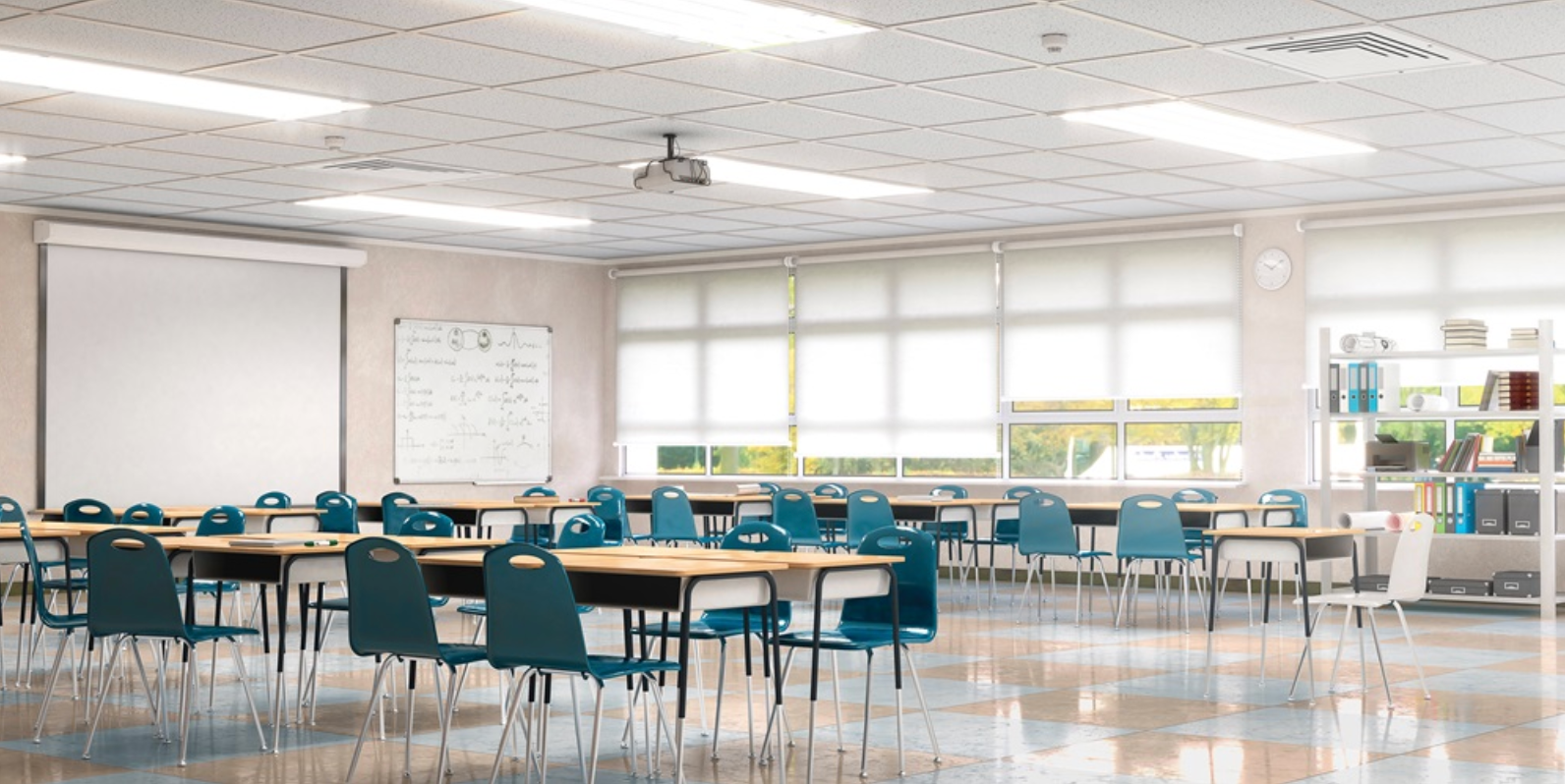Bright Ideas- Saving Money on Lighting Has Never Been Easier
A few tips on how to avoid wasting energy and saving money with lighting

Lighting is one of the simplest, yet most overlooked, aspects of energy management. As a longtime electrical engineer, I’ve seen firsthand how small choices about lighting can lead to major energy waste... or major savings if you do it right. Whether you're managing an apartment complex, office, or industrial facility, a few technical adjustments and smart habits can drastically cut unnecessary power use and reduce your electricity bill.
Here’s a breakdown of practical, engineer-approved strategies to avoid wasting energy on lighting:
1. Switch to High-Efficiency Lighting
Incandescent bulbs are outdated and inefficient, wasting about 90% of their energy as heat. Even compact fluorescent lights (CFLs) are no longer the top choice. Modern LEDs (light-emitting diodes) are the gold standard today, offering:
- 75%+ energy savings compared to incandescent
- Up to 25,000+ hours of life
- Minimal heat output, which also lowers HVAC cooling loads
From an engineering standpoint, LEDs have a much better
lumen-per-watt ratio, meaning you get more usable light per unit of energy.
Pro Tip: Always check for ENERGY STAR or DLC certifications to ensure you're choosing truly efficient products.
2. Install Smart Controls
Manual switches are energy-wasters because people forget to turn lights off. Automated controls are an engineer’s answer to human error. Consider:
- Occupancy Sensors: Lights only activate when someone is in the room.
- Daylight Harvesting: Systems that dim artificial lights when natural light is sufficient.
- Timers and Smart Schedules: Especially useful for outdoor lighting and commercial spaces.
Using controls is like adding a "brain" to your lighting system — optimizing operation automatically based on real-world conditions.
3. Design for Task Lighting, Not Blanket Lighting
Instead of flooding entire rooms with bright light,
task lighting targets light where it’s needed (like workspaces, desks, or kitchen counters). General room lighting often wastes energy by over-illuminating unoccupied areas.
From a system design view, focusing lumens precisely improves
lighting efficacy and
reduces overall system load, meaning smaller circuits and cheaper electrical infrastructure over time.
4. Maintain Your Fixtures and Controls
Dirty lenses, aging ballasts, or dusty sensor lenses can all degrade system performance. Periodic maintenance ensures you’re getting full light output with the least amount of electrical input. Poorly maintained lighting can waste as much as 30% more energy than necessary.
Pro Tip: Treat lighting maintenance like HVAC maintenance — regular, scheduled, and performance-checked (preferably by Titan Power!)
5. Use Appropriate Color Temperatures and Beam Angles
Different spaces require different lighting specs:
- Cooler color temperatures (5000K+) are better for task-heavy areas.
- Warmer color temperatures (2700K–3000K) are ideal for homes and hospitality areas.
- Narrow beam angles reduce spillover in accent lighting and spotlights.
Proper selection ensures you don’t overcompensate by using more fixtures or higher wattage than needed.
6. Audit and Retrofit
Perform a professional lighting audit. Many buildings are still operating lighting systems designed decades ago for higher lighting loads. Retrofitting with modern, efficient fixtures can often pay for itself within 2-3 years through energy savings alone.
As an engineer, I recommend starting with a basic inventory: fixture types, wattages, and usage patterns. Then, model the potential savings before committing to upgrades.
We offer complimentary lighting audits at Titan Power- fill out a consultation form!
Final Thoughts
Lighting may seem like a small part of your overall energy usage, but from an engineering perspective, it’s low-hanging fruit for energy savings. Good lighting design doesn’t just mean brighter spaces — it means optimized systems, lower costs, better comfort, and a smaller carbon footprint.
Taking a systematic approach to your lighting — just like an engineer would — ensures you’ll stop wasting energy and start illuminating your spaces smarter and more sustainably.



